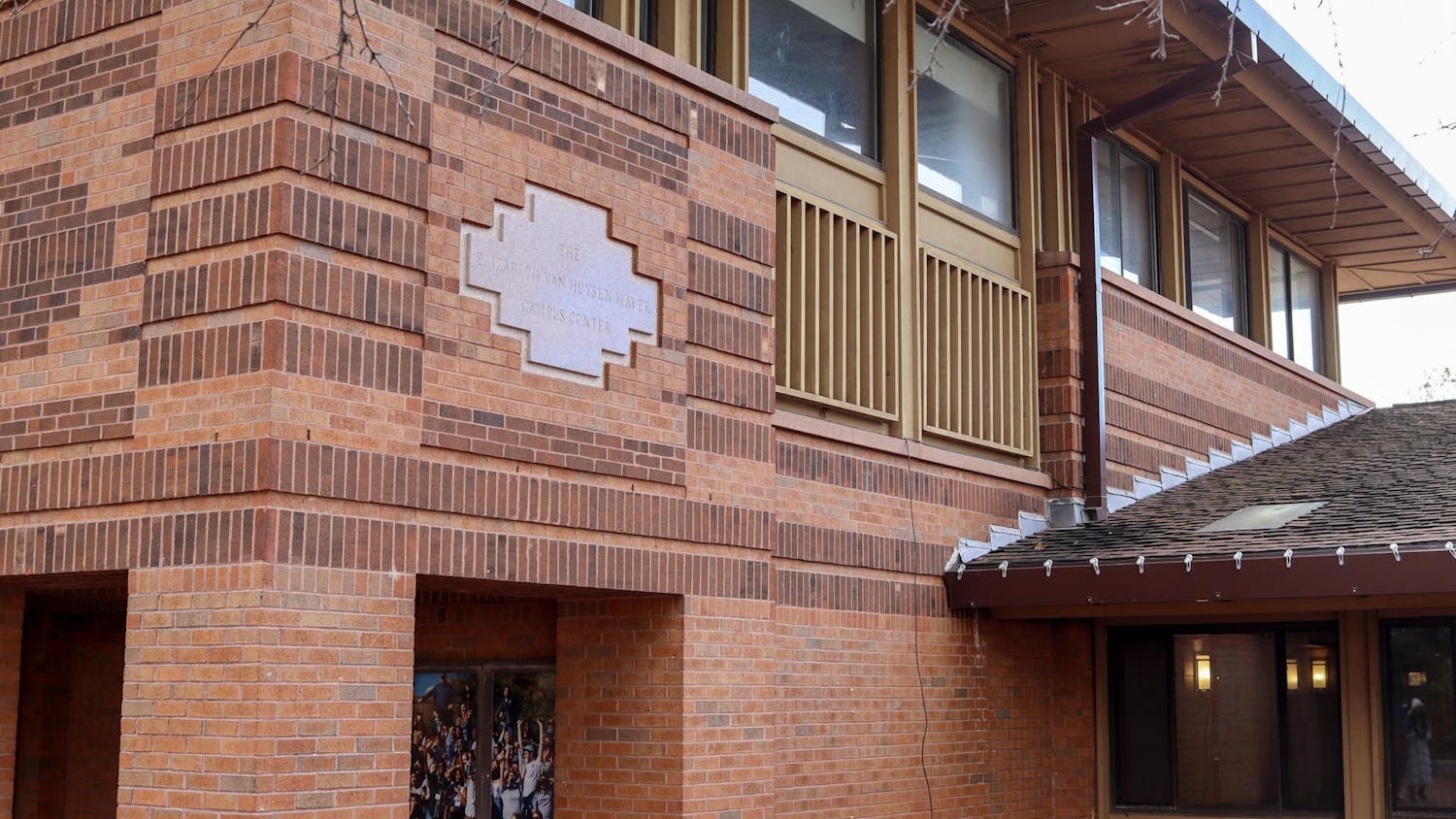With Election Day almost upon us, here are the Daily's states to watch:
Ohio: The old saying goes, “As Ohio goes, so goes the nation.” The nation’s most durable bellwether, predicting the winner of every single presidential election since 1964, has given an edge to Trump this year, though Clinton has refused to concede the Buckeye State. No Republican has ever won the White House without winning Ohio, and if Clinton can block him here, Trump’s path to 270 narrows significantly.
Florida: The state that handed George W. Bush the White House is long gone; in its place, a more diverse Florida has emerged. Florida's electorate consists of approximately 38 percent eligible non-white voters, in part due to the state’s growing I-4 corridor.Florida’s29 electoral votes are critical to either candidate’s chance of victory, and polls have shown a neck-and-neck race between the candidates as a result of varying levels of support from Cuban American and white voters.
North Carolina: This is, undoubtedly, the mother of all battlegrounds this year. As the site of competitive contests across the presidential, senatorial and gubernatorial levels, North Carolina has cemented its status as a true swing state and is currently ground zero for the ongoing debate about transgender rights in the country. If Clinton can successfully replicate Obama’s stunning 2008 win, Trump’s path to the White House will be all but blocked.
Iowa: A state that went twice for Obama, Iowa has undergone drastic change over the past eight years. With working class whites effectively fleeing the Democratic Party during the 2014 midterm elections, Trump is poised to outperform past Republican presidential nominees Sen. John McCain (R-AZ) and former Massachusetts Gov. Mitt Romney in the state. Only a nationwide Clinton landslide will keep this in the Democratic column.
Nevada: Notoriously tough to poll due to its booming Hispanic population, Nevada has emerged as a true swing state after voting twice for Bill Clinton and George W. Bush, respectively. The strength of Sen. Harry Reid (D-NV) Democratic turnout machine in Nevada, powered by Hispanics and Asian Americans, has kept the state competitive, despite the fact that its demographics inherently appeal to Trump with a higher rate of non-college educated whites (41.9 percent) compared to the rest of the United States (41.6 percent). Either this will be another case of Democrats outperforming their poll numbers as they have done consistently since 2008 or Trump will pull through from a neck-and-neck race.
New Hampshire: Despite New Hampshire only having gone red once in the past six elections, the state has become one of this year’s most competitive battlegrounds, because the state is highly receptive to changes in the national mood. The state also has another trio of competitive races, like North Carolina. Be sure to look here for any signs of a Trump comeback on Tuesday night as the state’s overwhelmingly white population (about 93 percent) has proven to be favorable ground for him in the past.
Arizona: Democrats have only won Arizonaonce since 1948, with Bill Clinton eking out a surprise during his re-election campaign in 1996. A rapidly growing Hispanic population suggests that a purple Arizona may finally be at hand, though Trump will not concede the state so easily. While polling has shown a tight race for months, the Clinton campaign has only made a serious play for the state in the last two weeks, with visits from Clinton herself and high-profile surrogates like Michelle Obama.
Georgia: Like Arizona, Georgia is a state that Democrats have dreamt of turning purple, thanks in large part to its diverse African American and Hispanic populations. Even though Obama unsuccessfully attempted to compete here in 2008, the reality of winning Georgia for the first time since 1992 has become tangible for Democrats. While the race has tightened nationally, recent polls have showed this state to be practically deadlocked, not surprising given the state’s similar voting pattern to North Carolina, another close battleground this year. If Clinton can hit around the 30 percent of the white vote as she has in other southern states, this competition may become a reality.
Pennsylvania: Simply put, Trump desperately needed to make the Keystone State competitive in order to overcome his weakness in other traditional swing states such as Colorado and Virginia. However, he has not led in a major public poll since July, cementing the cold hard truth that the state is probably out of reach for him. With the state having voted Democratic since 1992, Pennsylvania will continue to be a siren call for most Republican candidates on the presidential level after Trump failed to move the needle with his coalition built around white-working class voters.
Virginia: Prior to 2008, Virginia had been one of the most reliable Republican states in the country, yet the Obama campaign activated a coalition centered upon African Americans and educated white voters, which dramatically altered the state’s politics. Romney competed hard here in 2012, while the Trump campaign has struggled to even seem competitive as Clinton maintains a large lead in the state.
Colorado: Colorado is another swing state in which Trump has struggled to gain traction in, which left Clinton confident enough to pull advertisements until just last week. Yet the state was the tipping point in 2008 and 2012; its nine electoral votes pushed President Obama over the mark to 270. This former red state remains competitive, but Democrats recently surpassed Republicans in voter registration for the first time in decades, suggesting Colorado may remain out of reach for Trump.
More from The Tufts Daily
Meet the three TCU Senate presidential candidates
By
Julieta Grané and Josue Perez
| April 23





